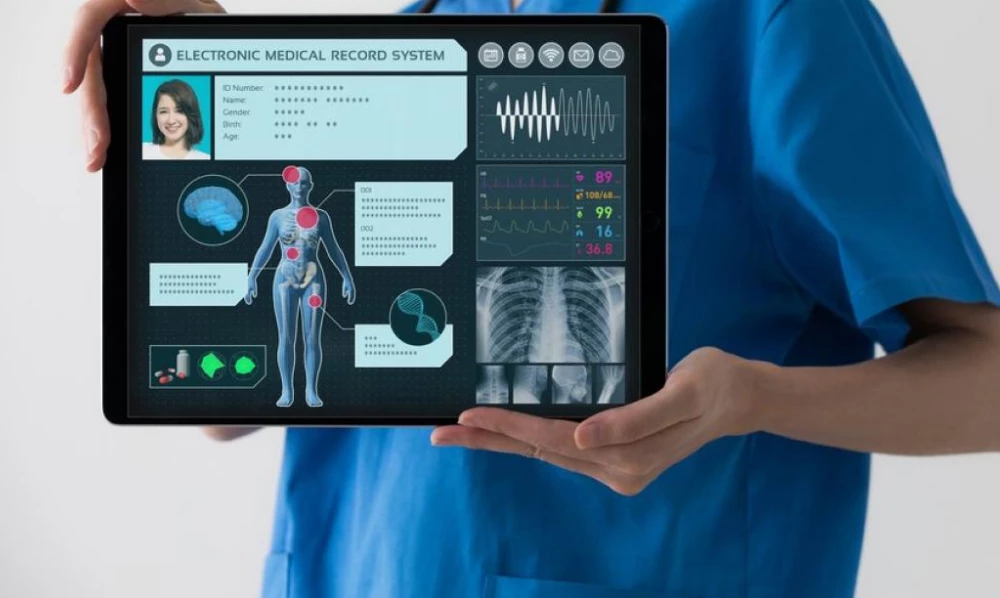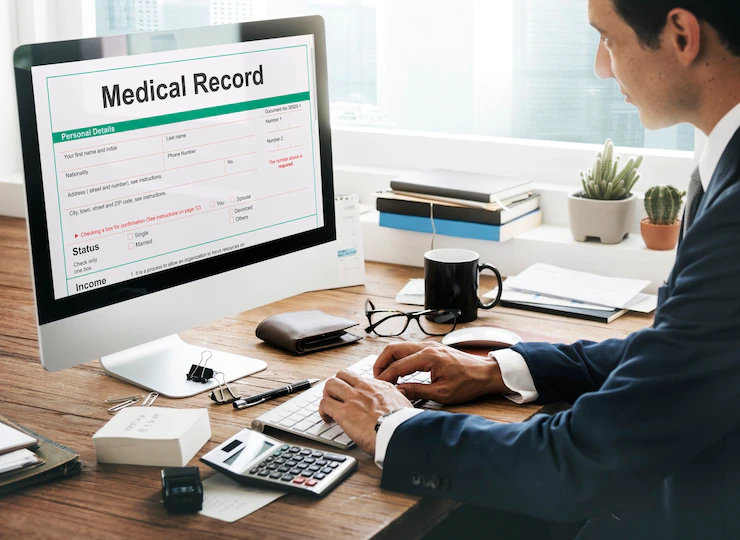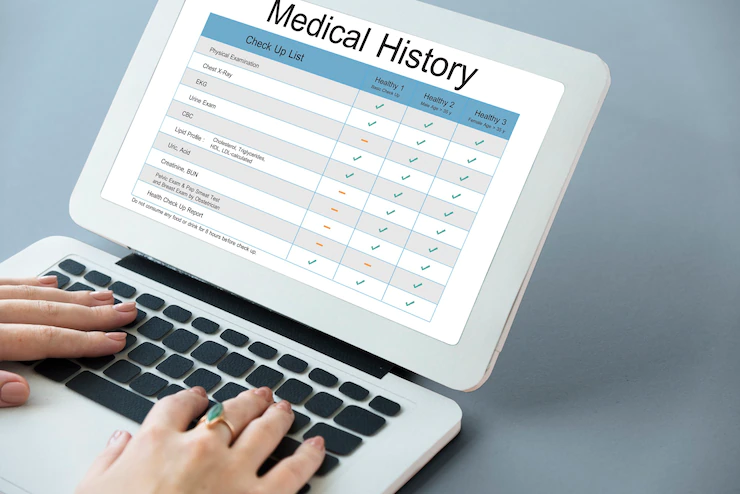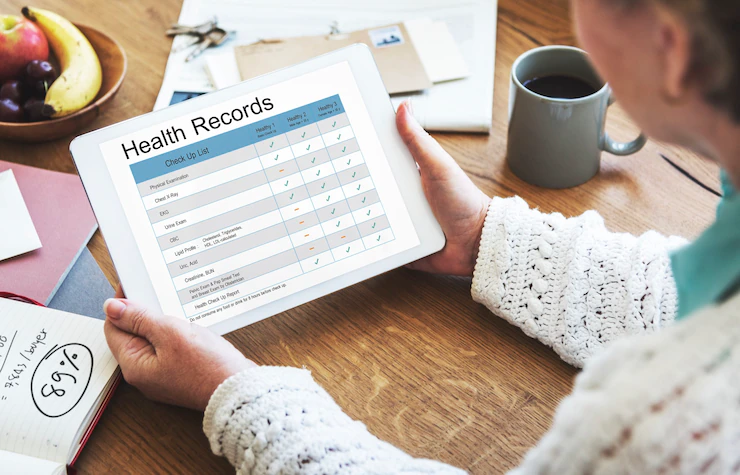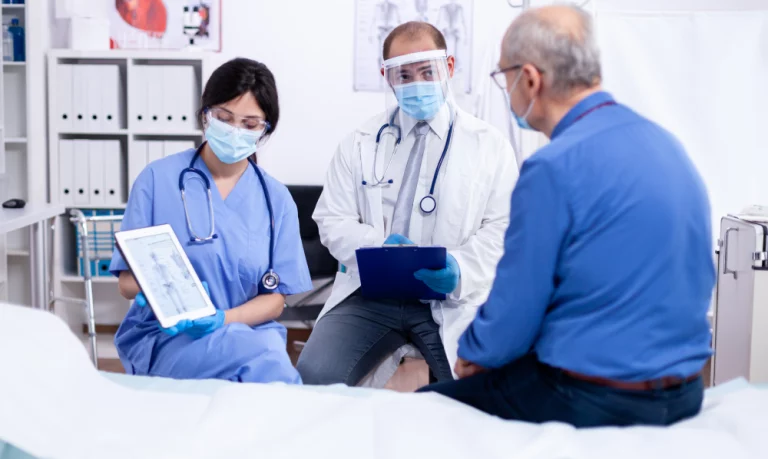Over the years, most hospitals have implemented the practice of taking medical encounters virtually into their curriculum. This makes it feasible for doctors to attend to the patient even if the former consultant is unavailable at the hour, resulting in smoother functioning and better efficiency.
Let’s talk about some of the biggest healthcare data breaches so far.
All three incidents took place in the same year, 2015,
What were the causes of these massive data breaches?
Also, the healthcare industry is one of the most sensitive industries where most data breaches are caused internally. Technically, this is the only industry where more staff members are responsible for data breaches than hackers or other threats.
In this guide, we’ll help you secure your data breaches and provide simple tips to prevent such exponential losses.
The cyber-security market, particularly in the healthcare sector, is an ever-changing world of threats. Regular IT risk assessments are required to keep up with hacking advancements. Also, to ensure your evolving IT environment maintains the same levels of security.
The main points are to ensure you understand the risks and threats to your critical systems and EHR, assess the areas where you may be vulnerable, identify and organize your data based on risk, and take action to mitigate potential threats.
It’s not enough to do this once or twice a year. IT risk assessments must be performed as frequently as possible to ensure your IT environment is one step ahead of the cyber-security threat scenario.
Have you heard about the WannaCry attack? They can wreak havoc by exploiting unpatched out-of-date medical devices. Non-updated software is prone to such malware attacks. Their firewall isn’t as strong and compatible as various other threats.
Still, in developing countries, most hospitals and clinics are working on standard operating systems, such as Linux and Windows, making them vulnerable to cyber-attacks like everyone else.
Almost 33% of such information breaches occur because of human error.
Almost 33% of such information breaches occur because of human error.
Bring Your Own Device (BYOD), and the associated security risks are not new to the healthcare industry. However, healthcare organizations must ensure that the appropriate security controls, practices, rules, processes, and technology are in place to protect healthcare information access on personal devices.
Virtual desktops can help with this, but they frequently overextend healthcare budgets due to high back-end implementation costs. As a result, mobile devices are the way to go.
Although, there are certain measures that you can take to avoid these mistakes.
Earlier, we discussed the biggest threat to medical industries. Insiders!
This is because an insider threat can be malicious or accidental and go unnoticed for long periods due to its inconspicuous nature.
Project management is critical to avoid this. As a medical practitioner, one must adequately defend against insider threats to continuously monitor their activities and report suspicious or unauthorized changes as soon as possible.
One common way to do so is to use the built-in log management functionality. Though the investigation process can be hectic and laborious, it surely does help you to figure out the flaw.
Institutions can also acquire external facilities to ease the process. Third-party change auditing solutions can assist healthcare IT teams in increasing their IT security by performing the following activities,
They can assist users in determining where sensitive data is stored, who has access to it, and what changes are being made, among other things.
Organizations frequently collect, store, and process unnecessary amounts of unnecessary data. Thus, providing hackers with a large pool of potential information. Many compliance regulations, including HIPAA, require you to review and delete unnecessary patient data regularly for the patient’s security.
As a general rule, you should consistently classify your data, separating the sensitive data from the data that can be removed. Maintaining clean databases and systems can significantly reduce the risk of data breaches.
Encrypting stored medical records and other confidential information is the best way to protect them. While the security rule does not explicitly require it, few alternatives are as effective. All mobile devices that may leave the premises should be encrypted if they contain confidential patient information. Stolen laptops containing unprotected data have resulted in security breaches and costly penalties.
Whole-disk encryption is invisible to the user, requiring only a password entry when the device is activated.
Data encryption safeguards data on servers as well. Encrypting sensitive data items reduces the valuable information that malware can steal if it gets into a server. Identity theft is better protected for patients.
HIPAA requires practices to sign business associate agreements (BAA) with all outside parties who share protected health information (PHI).
Apart from these practices, there’s a most important parameter that needs to be taken care of.

